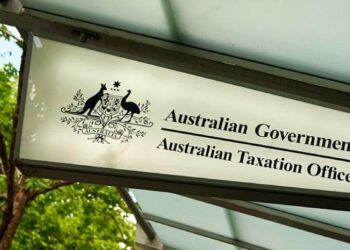Speaking to SMSF Adviser, Michael Jeffriess, director of SMSF and accounting service provider I Love Accounting, said the SMSF lending space had suffered from “minimal competition” in recent years due to the withdrawal of major banks, meaning the remaining lenders had not passed on any cuts to SMSF clients following successive interest rate drops from the Reserve Bank over the course of 2019.
“In relation to the SMSF lending landscape, it certainly has been difficult to get any SMSF loans at competitive rates. We have not witnessed the decline in rates for SMSF loans that we have in the traditional resi loan market,” Mr Jeffriess said.
“Additionally, I believe lenders may be pricing further risk into their rates for potential compliance risk. There has been a focus by the ATO around single asset SMSFs plus investment strategies.”
Mr Jeffriess’ comments came following I Love Accounting’s launch of a new SMSF loan product with non-bank lender e-money, with the aim of facilitating easier property purchases for adviser clients.
E-money senior account manager Chris Jones echoed Mr Jeffriess’ comments that SMSF lending was becoming “a highly regulated area”, and that “tight regulations around LRBAs have meant the appetite for SMSF lending has decreased”.
Speaking at SMSF Adviser’s SMSF Summit 2019 in Perth last month, Australian Executor Trustees senior technical services manager Julie Steed also told attendees there had been a “considerable exit” of banks from the SMSF lending space over the past four years.
“It started in 2015 with NAB pulling the pin, which was then followed by CBA and with them Bank SA, St.George, Bank of Melbourne and Westpac. Just recently, later last year we’ve had AMP leave and this year Macquarie,” Ms Steed said.
She added that this meant providing assistance to clients around SMSF lending was becoming an increasingly complex area for advisers, who were often unfamiliar with the non-bank lenders in the space, or unable to recommend them due to dealer group restrictions.
However, changes to the way related-party LRBAs were factored into trustees’ total super balance, effective as of 1 July 2018, could drive more SMSFs back into sourcing their property loans from an external third party, Ms Steed said.
“Advisers may need to develop a relationship and familiarity with some of the newer types of products, particularly if they’ve got clients who have got related-party loans that they are going to want to get out of because of the impact it is going to have on their TSB and their ability to make non-concessional contributions,” she said.
Similarly, Mr Jeffriess said it was likely the SMSF loan market would pick up going into 2020.
“The demand is certainly still there and appetite from lenders has been improving,” he said.
“As volume improves I believe we will see further pressure on SMSF loan products.”


